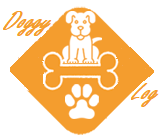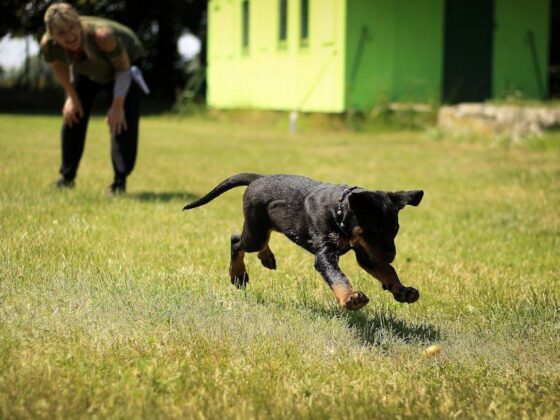end.
Training collars, also known as electronic collars or e-collars, have become a popular tool for training dogs and correcting unwanted behaviors. While they may seem intimidating at first, when used properly, training collars can be a highly effective and humane way to communicate with your dog and teach them commands.
If you are a beginner looking to use training collars for the first time, here is a comprehensive guide to help you understand how they work and how to use them effectively.
How do training collars work?
Training collars work by delivering a mild electronic stimulation to your dog when they misbehave or fail to obey a command. This stimulation is not painful, but rather a slight discomfort that gets your dog’s attention and helps them understand that their behavior is unacceptable.
Most training collars have adjustable levels of stimulation, so you can start with a low setting and increase it as needed. Some collars also have tone and vibration modes that can be used as alternatives to stimulation.
Before using a training collar, it is important to read the manufacturer’s instructions carefully and understand how to properly fit and use the collar. It is also recommended to consult with a professional dog trainer to ensure you are using the collar correctly and effectively.
How to use training collars for training
When using a training collar for training, it is important to follow these steps to ensure success:
1. Introduce the collar gradually: Before using the collar for training, let your dog wear it around the house for short periods of time to get used to the sensation of wearing it.
2. Pair the collar with positive reinforcement: When using the collar during training sessions, be sure to pair the stimulation with positive reinforcement, such as treats or praise, to create a positive association with the collar.
3. Use the collar for specific commands: Use the collar to reinforce specific commands, such as sit, stay, or recall. Be consistent with your commands and use the collar only when necessary.
4. Practice patience and consistency: Training with a collar takes time and patience. Be consistent with your training sessions and be patient with your dog as they learn and adjust to the collar.
5. Monitor your dog’s behavior: Pay attention to your dog’s reactions to the collar and adjust the stimulation level as needed. If your dog is showing signs of stress or discomfort, stop using the collar immediately and consult with a professional trainer.
FAQs about training collars
Q: Are training collars safe for my dog?
A: When used properly, training collars are safe and effective tools for training dogs. It is important to follow the manufacturer’s instructions and consult with a professional trainer to ensure you are using the collar correctly.
Q: Are training collars cruel?
A: Training collars are not cruel when used properly. The stimulation delivered by the collar is not painful but rather a mild discomfort that gets your dog’s attention. Remember to pair the collar with positive reinforcement to create a positive association with the collar.
Q: Can training collars be used on all dogs?
A: Training collars are not suitable for all dogs, particularly those with aggression issues or behavioral problems. It is important to consult with a professional trainer to determine if a training collar is the right tool for your dog.
Q: How long does it take to see results with a training collar?
A: The time it takes to see results with a training collar varies depending on the dog and the training regimen. With consistent training sessions and positive reinforcement, you can expect to see significant improvements in your dog’s behavior within a few weeks.
In conclusion, training collars can be a valuable tool for training dogs and correcting unwanted behaviors when used properly. By following the tips outlined in this guide and consulting with a professional trainer, you can effectively communicate with your dog and teach them commands in a humane and effective way. Remember to be patient, consistent, and always prioritize your dog’s well-being when using a training collar.











